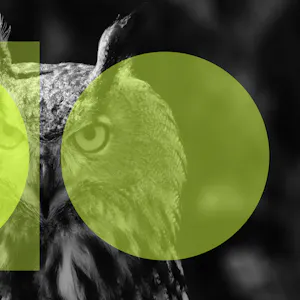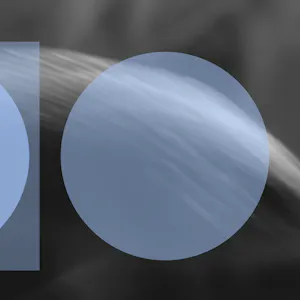Emerging threats

We support organisations striving to build a trustworthy, safe online environment where users can engage authentically in their communities.
Cross-sector corporatesWe support international government organisations and NGOs working to provide infrastructure or improve the capabilities, security and resilience of their nation.
International programmes and developmentWe support commercial organisations operating in a digital world, seeking to protect their reputation and prevent business disruption caused by cyber attacks and compliance breaches.
UK government and public sectorWe support UK government organisations responsible for safeguarding critical infrastructure, preserving public trust, and maintaining national security.



As much of the Netflix account-owning world, I spent the last week watching the new series of Black Mirror. Although I didn’t love the start of the new series, it did provide the easy, addictive hit of anthropological commentary that we’ve come to expect from Charlie Brooker’s long-running show.
For those who haven’t seen it yet, the first two episodes take a turn for the meta, focusing on two characters whose lives become Netflix shows. The episodes construct an interesting analysis of the media industry’s obsessive pursuit of new and engaging content. They critique the way in which platforms have placated our cravings, creating a personalised information environment, which rather than acting as an escape from reality, is now aimed at embedding itself as an intrinsic companion to our lives. It now feels like there’s a new show created for every latest news story, AR/ VR is very close to becoming a mainstream product, while social media continuously curates our feeds to keep us hooked online, moulding a world where the term ‘my algorithm’ has infiltrated the vernacular lexicon.
However, where at first glance these platforms seem to offer a treasure trove of diverse and personalised material, the incessant chase for content has given birth to an oversaturation devoid of genuine creativity. TikTok shows us countless videos supposedly reflecting individuality, yet most merely rehash the same popular trends, while Netflix's ‘original’ documentaries and reality TV shows adhere to a mass-produced template. What has emerged is an illusion of choice, where the abundance of content masks its uniformity and lack of genuine innovation, embodying a mediatic form of creative destruction.
This ‘illusionary’ online space also represents a vulnerability in regards to online harms. In an information environment where we don’t choose but are instead fed content to consume, radicalisation becomes more inconspicuous. The endless stream of TikToks and Reels, all replicating a generic well-produced style, make us immune to discernment, allowing us to fall into increasingly extreme echo chambers which stifle critical thinking.
With the advent of satellite TV in the 90s a sense of longing emerged for a bygone era of national cultural unity around a pre-saturated analogue programming. Ironically, the rise of streaming platforms and social media has led to a new type of cultural assimilation, a global homogenisation of popular culture. This is no longer just the ‘Americanisation’ of culture, proposed by globalisation theorists at the turn of the millennium, rather it’s a reduction of cultural differences into a monotonous concoction of meaningless content.
Perhaps in my critique, I have also fallen for the trap of nostalgia. However, at the end of the day, the only idea that came to me for today’s digital threat digest was triggered by a Netflix show released simultaneously last week to subscribers across the world.
More about Protection Group International's Digital Investigations
Our Digital Investigations Analysts combine modern exploitative technology with deep human analytical expertise that covers the social media platforms themselves and the behaviours and the intents of those who use them. Our experienced analyst team have a deep understanding of how various threat groups use social media and follow a three-pronged approach focused on content, behaviour and infrastructure to assess and substantiate threat landscapes.
Disclaimer: Protection Group International does not endorse any of the linked content.

At their core, artificial systems are a series of relationships between intelligence, truth, and decision making.

Feeding the name of a new criminal to the online OSINT community is like waving a red rag to a bull. There’s an immediate scramble to be the first to find every piece of information out there on the target, and present it back in a nice network graph (bonus points if you’re using your own network graph product and the whole thing is a thinly veiled advert for why your Ghunt code wrap with its purple-backlit-round-edged-dynamic-element CSS is better than everyone else’s).

There is a tendency to think that modern problems require modern solutions. Got a problem with AI-generated content? Your only hope is to build an AI-powered detection engine.